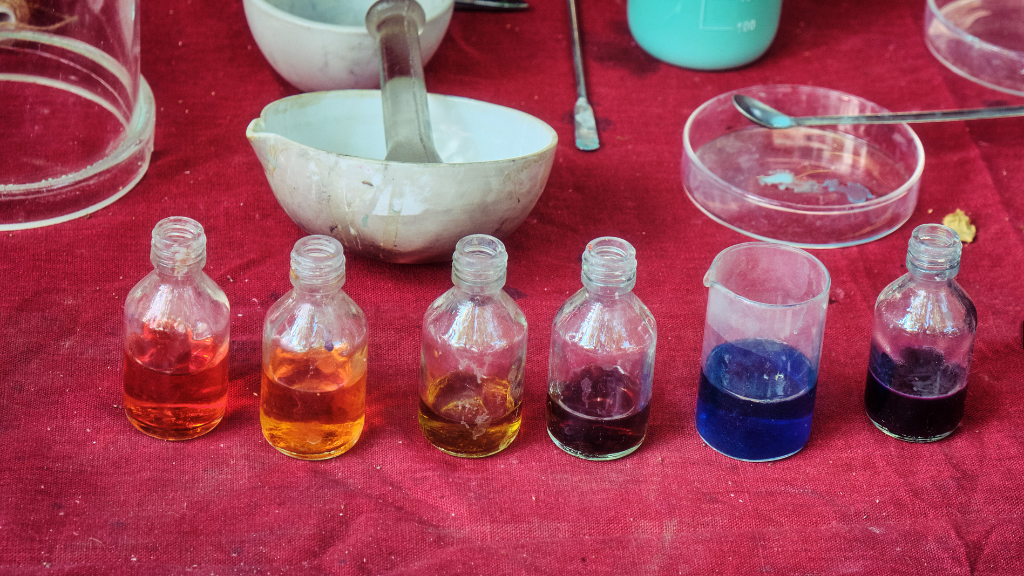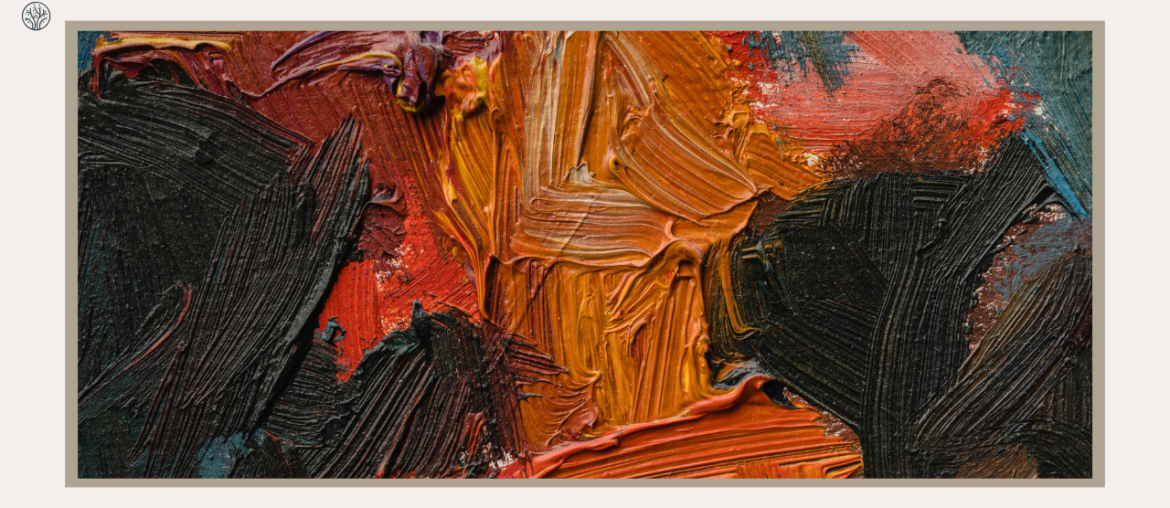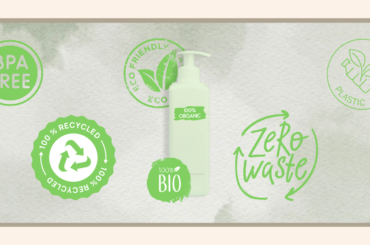First discovered during the 7th century, but it wasn’t until the the Renaissance in the 15th century that oil paint grew in popularity. The Mona Lisa, The Starry Night, Girl with the Pearl Earring, and Whistler’s Mother to name a few are some of the most famous oil paintings.
Many people nowadays use oil paint not only for its artistic qualities but also because oil paint is a plant-based product so it’s more environmentally friendly. But is it really so? Is oil paint eco-friendly?
About Oil Paint
In order to answer that question, first we will need to understand what oil paint is.
What Is Oil Paint Made Of?
Simply put, oil paints are made up of two main ingredients: pigments and oil. Pigments are the parts that give color to the paint. Some of the basic colors, such as red, blue, or yellow, may contain metals that can be potentially toxic. However, most of these metals are also found in nature and are only present in small quantities that are not harmful to human health.
People use oil to bind those pigments together and create a nice consistency to the paint. Unlike other paints, such as acrylic paint, which often uses synthetic oil, people often use a more natural binder in oil paints.
The most common oil used in oil paint is linseed oil, which is extracted from flax seeds. Unlike palm oil whose production can be harmful to the environment, linseed oil isn’t as big of a natural concern so that’s good news for oil paint users.
However, don’t quickly jump to the conclusion that oil paint is eco-friendly just from this alone. Because there are other aspects to consider.
Advantage Of Oil Paint
Oil paint has been used as an artistic medium since the Renaissance when environmental issues were not as prominent as they are today. What makes oil paint so appealing to artists, and what are the drawbacks of using it?

- Versatility: Oil paint is very versatile. Artists can use it to create stunning paintings with various techniques, or even invent new ones to express the artist’s personality.
- Texture: Compared to other paints, oil paint excels in layering due to its amazing buildable and smooth structure. A famous technique for layering oil paint is the “fat over lean” method, which means applying thicker layers of paint over thinner ones.
- Durable: When being kept in a well-controlled environment of suitable humidity, oil painting can stay fresh even after a long time. This is why we can still enjoy some iconic oil paintings today.
Disadvantages of Oil Paint
However, this is not to say that oil paint is a great paint, there are still drawbacks you need to consider.

- Cost: Buying quality oil paint can cost a fortune. This is why you have to be careful when working with your valuable materials and avoid wasting them.
- Maintenance: One of oil paint’s biggest advantages is also its drawback as oil paintings require a controlled humid environment to prevent cracking and deterioration.
- Clean up: This is the biggest drawback of oil paint and also why we said that oil paint is not entirely eco-friendly. As oil paint does not dissolve in water, getting rid of it requires a special solvent called paint thinner. Unlike oil paint, paint thinner is highly toxic and flammable and it has to be handled with care and disposed of according to local regulations.
How Do You Make Oil Paint Sustainable?
Now that we know that oil paint is not entirely eco-friendly, what can we do if we still want to use it? Is there a way to use oil paint without involving other toxic chemicals?
Water Mixable Oil-Paint
Since cleaning up is the hardest and also the most toxic part when using oil paint, we can address this problem directly by using water-mixable oil paint. By chemically altering the oil binder, people have been able to create an oil paint that can dissolve in soap and water. This makes the paint much easier to clean up, as you do not need to use paint thinner or other solvents.
However, there is a trade-off: water-mixable oil paint does not have the same feel as traditional oil paint. It may not blend or dry as well, and it may not produce the same effects. The quality and price of water-mixable oil paint may vary, but it will never be exactly the same as regular oil paint. At least, not in our time.
All-Natural Oil Paint
Another alternative that has recently attracted many artists is all-natural oil paint. Instead of addressing the clean-up problem, this oil paint aims to eliminate the toxic metals found in conventional oil paint by using natural earth and mineral pigments. However, there are not many brands that produce this type of paint, as the production cost is high and the concern about metal toxicity in oil paint is not very widespread.
Make Your Own Oil Paint
If you are looking for a more DIY solution to make oil paint, then this part is for you. Inspired by the concept of all-natural oil paint, some brands offer eco-friendly oil kits that allow you to make your own oil paint, thus reducing its environmental impact. This type of paint is usually made from earth pigments and drying oils, such as walnut oil. You can find these kits from brands like Natural Earth Paint or Natural Pigments.
Final Thought
There is no simple answer to the question of how eco-friendly oil paint is. There are many layers to the problem, such as the ingredients, the production, the packaging, and the disposal of oil paint. As artists, the best thing we can do to be environmentally conscious while working with oil paint or any other painting material is to be mindful of what we create and how we dispose of our waste.
Frequently Asked Question
1. Is Oil Paint More Eco-Friendly Than Acrylic?
Although oil paint is not entirely eco-friendly, it is still far more sustainable than acrylic paint. Since acrylic paint is water-based and not oil-based, it does not contain VOCs (volatile organic compounds). This makes acrylic paint somewhat more eco-friendly than oil paint.
However, you must keep in mind that acrylic paint has plastic particles and synthetic pigments which is far worse than VOCs.
2. How To Properly Clean Up Oil Paint?
You must not dispose of oil paint by pouring it down the drain or throwing it in the trash, because it contains harmful chemicals and metals that can contaminate water sources and groundwater. Instead, you must sort your oil paint waste and bring it to a hazardous waste disposal facility, where it can be safely handled and recycled.
3. Are There Any Eco-Friendly Oil Paint Brands?
Yes, there are a few eco-friendly oil paint brands that make all-natural oil paint, as we mentioned earlier. They are:
Natural Earth Paint
Natural Earth Paint is one of the few art supplies that sell homemade oil paint kits and all-natural oil paint. Their all-natural oil paints are made from earth and mineral pigments, with post-recycled packaging.
Natural Pigments
Natural Pigments focuses on rare and hard-to-find pigments to replicate the materials that were used in historical paintings. Their oil paints are made from natural and organic ingredients, such as walnut oil, beeswax, and resin.





